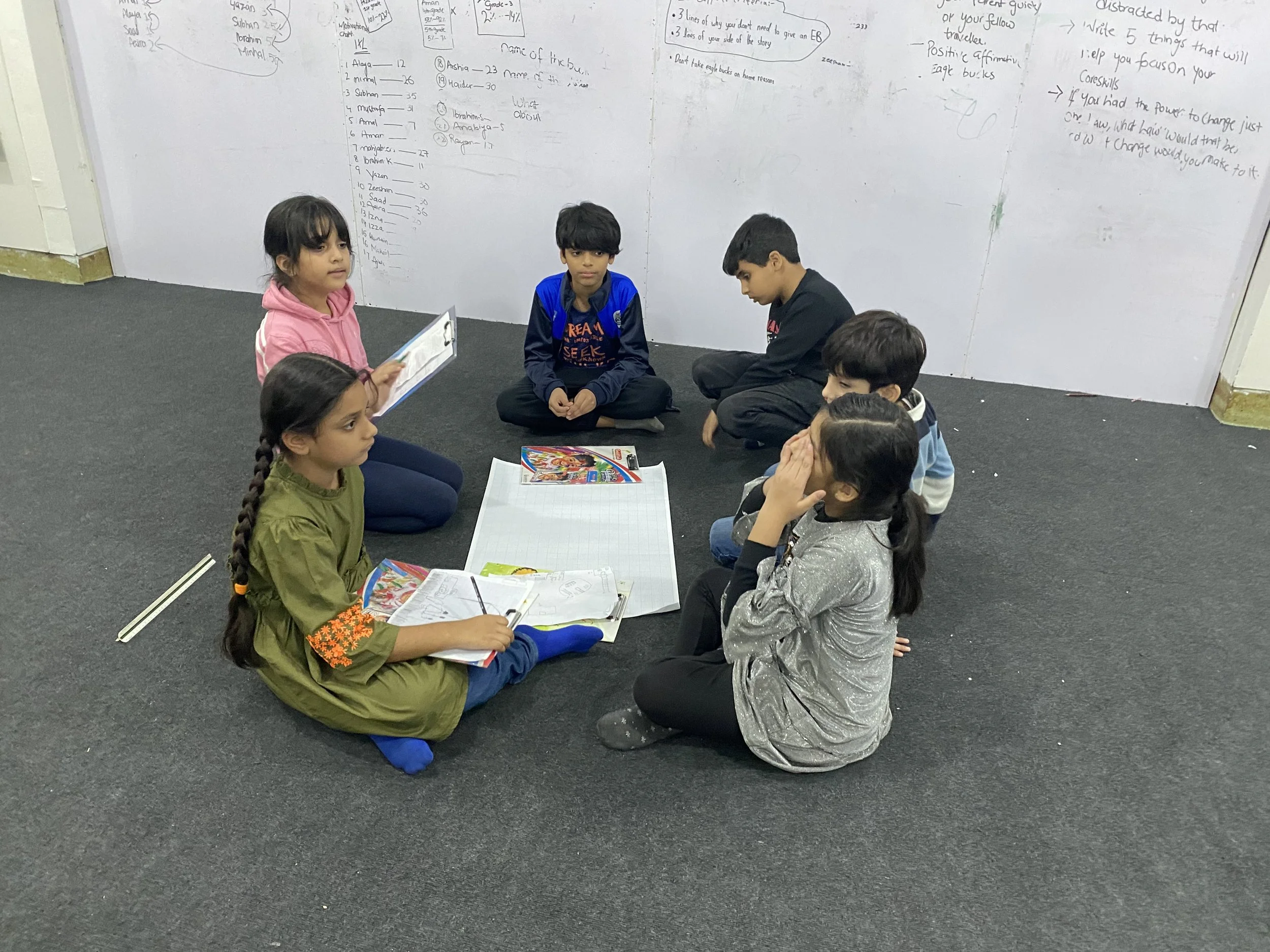When it comes to education, there has been a growing movement towards learner-driven approaches. But what exactly is learner-driven education, and how does it differ from student-centered education?
Learner-driven education is an approach to teaching and learning that puts the responsibility for learning on the learner. It emphasizes student agency and allows learners to take control of their own learning journey. This can involve setting goals, choosing learning materials and methods, and self-assessing progress.
In contrast, student-centered education is an approach that focuses on the individual needs and interests of each student. While student-centered education seeks to tailor the learning environment and experiences to the unique needs and preferences of each student, learner-driven education puts the learner in the driver's seat and places a greater emphasis on self-direction and autonomy.
While both learner-driven and student-centered education prioritize student engagement and empowerment, learner-driven education is often seen as more realistic and practical for the real world. In the real world, we are not constantly surrounded by tailored support and resources like in a student-centered approach. Instead, we must take responsibility for our own learning and be proactive in seeking out the resources and support we need to succeed.
This is why learner-driven education is so important. It helps learners develop the skills and mindset they need to be successful in the real world, where they will need to take charge of their own learning and development.
Overall, learner-driven education is a more realistic and practical approach to teaching and learning that empowers learners to take control of their own learning journey and prepare for success in the real world.



